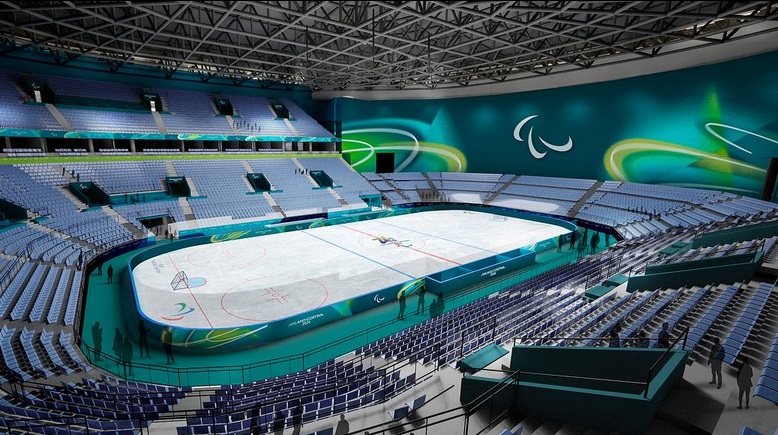
The elected representatives of the Southern Region have adopted key measures to advance in the organization of the 2030 Winter Olympic and Paralympic Games. A collective mobilization for an event with a sustainable dimension.
During the plenary assembly of the Southern Region, the representatives approved several measures to contribute to the organization of the 2030 Winter Olympic and Paralympic Games. These decisions concern the establishment of bodies responsible for coordinating and delivering the necessary infrastructure.
The Southern Region has confirmed its creation and its membership in the Organizing Committee of the Olympic and Paralympic Games (COJOP). This structure will plan and oversee the event. The Region will sit there as a statutory member. The annual contribution will be 100,000 euros starting in 2025.
In parallel, a company for delivering the Olympic works (Solideo 2030) will be responsible for financing and supervising the developments. Its headquarters will be located in Marseille, within the premises of the Southern Region.
To support the start of work, the Region will allocate 500,000 euros to the COJOP and 2.3 million euros to Solideo 2030.
Sustainable Ambition
To involve residents and local stakeholders, the Southern Region is launching a Regional Parliament of the 2030 Games. Named “Passion Mountain 2050”, it will bring together citizens, elected representatives, and associations to envision Games that are respectful of the environment and adapted to local challenges.
A Preparation Center for major sporting events will also be built in the Ubaye Valley by 2029. It will offer modern facilities for athlete training.
Renaud Muselier, President of the Southern Region, emphasized that these decisions lay a solid foundation for the organization of the Games. According to him, the goal is to mobilize all energies to create an event beneficial for the Alps and their inhabitants.
The 2030 Winter Games are part of a collective initiative. The project must be sustainable and leave a legacy for future generations. A challenge that is far from simple when considering the state of some infrastructures that have hosted the Olympics in the past.